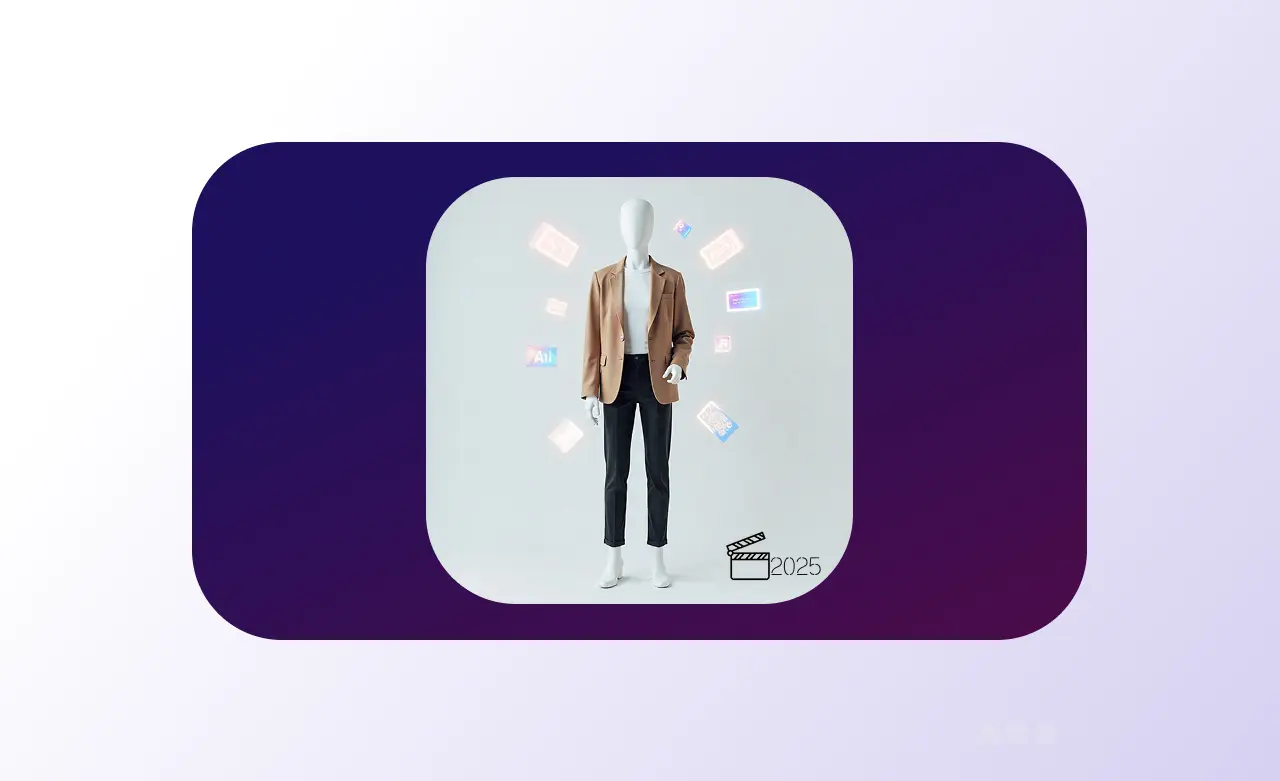
Shopping has been experiencing a transformation, and the secret to survival has come from consumer experience. Sellers are launching new tools and programs, one after another, to meet customer needs. Yet, shoppers keep encountering one common problem: relevant product search.
According to stats from Retail Dive, 87% of buyers start searching for products on digital channels. Their needs are not, however, fulfilled by online stores. Shoppers expect to be able to scan for things and navigate across online catalogs quickly. Instead, they are continually facing the challenge of not being able to discover the products they are looking for.
Three studies have confirmed this by the Nielsen Norman Group, conducted over a period of 17 years. They published the results in 2018, highlighting several problems that online shoppers are facing:
- Search boxes that are difficult to locate on the website
- Insufficient support for synonyms and even typos and mistakes
- Unexpected result pages with non-logical sorting
- Badly implemented filters with irrelevant attributes and poor functionality
Consumer habits and preferences are slipping behind word-based queries and irrelevant outcomes. Both customers and merchants lose many chances to communicate by focusing on having the right mix of terms without understanding the proper tags or meta tags. Consumers are disappointed and can not find the items they are looking for, while sellers fail to provide outstanding customer service.

The Problem With Manual Tagging
The exhaustive product tagging behind product search is prevalent for retailers with thousands or millions of stock storage units from numerous sources. Shoppers can't find what they are looking for if these items are not correctly and reliably tagged, contributing to lost sales opportunities. Unfortunately, most online stores perform a manual tagging process that takes up a lot of valuable resources.
To maximize search results and keep up with the modern buyer, product tags should be reliable, organized, and flexible. To enhance the overall consumer experience, implementing effective ecommerce onsite search strategies is essential, as it enables shoppers to quickly find what they need and increases conversion rates. The method of manually tagging items is, sadly, a struggle. Here are some of the problems with it:
- It costs a lot. Stores need to recruit additional individuals to complete the manual tagging process their offer grows. This increases the costs and makes stores less profitable.
- It takes up a long time. Imagine you have thousands of products. How long will you need to tag them all? Manual tagging will take up valuable time that you could use to actually grow your business.
- The result is insecure. Matching all product categories, discovering all relevant attributes, and making all information consistent are complex tasks for a human to do. Humans are prone to errors, which results in incorrectly tagged products and missed conversions.
Automatic Tagging as the Solution
Artificial Intelligence (AI) in fashion directly tackles the challenge of relevant product search, improving product discovery through advanced tools like a product tagging solution for retailers. AI has the ability to recognize items on an image that features fashion products, providing appropriate context.
AI provides various solutions to the fashion industry, including visual search, product recommendations, customer support chatbots, and many others. Among them is also automatic fashion product tagging, a solution that leverages intelligent machine learning algorithms to enhance the product catalog with correct and informative product tags. Additionally, ecommerce recommendations can further enhance the shopping experience by suggesting complementary items based on customer preferences and behaviour. The technology helps provide the most relevant search results for shoppers as the most cost-effective product tagging approach.
How Does Auto Tagging Work?
For us humans, it just takes a second to look at an image and recognize the items it contains. For machines, this isn’t so easy, and that’s why we’ve seen most product tagging performed by humans. However, things have changed. Scientists developed Neural Networks that replicate the human brain using the advances in Computer Vision and Deep Learning. They can be taught to identify what is in a picture just as we humans do. They can take an image, analyze it, and send us semantic knowledge in the form of text.
Deep Learning accelerated and automated the entire product tagging process, eliminating the need for human intervention. The result is automatic tagging, a process that generates rich metadata for product catalogs. It operates in a way that scans the image and identifies characteristics linked to specific keywords.
AI systems have to learn from a large number of images about how clothing items look like, to recognize them in an image. Therefore, automatic tagging represents a trained AI system that has gone through thousands of tagged photos to learn the attributes of the fashion items. Thanks to this “training,” it can now do the same: tag images with the correct categories and attributes. If the team usually takes days or weeks to complete the product tagging task, the auto tagging engine does it instantly and more accurately. Regardless of whether you’re selling items from various vendors or just want to improve the search results of your exclusive online shop, auto tagging can help you convert more.

The Benefits of Auto Tagging
These are some of the main effects of using an AI-based auto tagging engine:
- No more time wasted on repetitive tasks. If the manual fashion tagging process is replaced by automated image tagging for e-commerce, this ensures that shop managers, brand owners, and their staff have more time left for other, more significant activities. Without trying to recruit new employees to do all these things, they will concentrate on improved marketing strategies, on-demand customer service, and better retail management.
- More efficient catalog management. Automated tagging can arrange products according to various criteria, such as name, design, style, color, and other attributes. More tags will be inserted over time, and the product list can continuously be up-to-date with fashion trends. These tags will greatly affect purchasing decisions and thus offer more significant insights into the analytics of attribute-level sales.
- Less shopping cart abandonment. There are many reasons why shoppers abandon their shopping carts. Automatic tagging can help e-commerce stores reduce losses, providing more relevant results to shoppers. As shoppers will keep seeing related items, they can select additional products they want and extend their stay on the website.
- Growing customer spend. If a shopper is looking for a party dress, the system will show them other party-related items as well, like a purse or a pair of heels. This will increase customer spending, with the shopper adding more products to the cart than planned.
Customers will also benefit from auto tagging. Firstly, they will get more relevant search results, which means they will get to the products they want immediately. Then, they will get a personalized shopping experience based on their own needs and preferences. Finally, they will be able to easily navigate the catalog, contributing to an outstanding customer experience.
Conclusion
The auto tagging engine makes tagging automated, specific, and scalable to giving retailers the knowledge they need and shoppers the smooth experience they anticipate. Moreover, collecting and attaching appropriate tags and attributes to catalog images with exceptional granularity and accuracy provides detailed and textual search results that keep up with trends.
Want to learn more about auto tagging? Check out our detailed guide about automatic tagging here. The automated product tagging engine by Pixyle.ai can help you get a clean catalog, improve your website's search results and boost your sales volumes by scanning the whole product catalog in just a few seconds. To see how it works, try our demo.
Discover Pixyle Ultimate Dress type Taxonomy Guide
Learn how to structure your catalog in a way that matches how people actually shop.


Boost your sales with AI product tagging
Optimize your eCommerce catalog to improve discovery and conversions.







